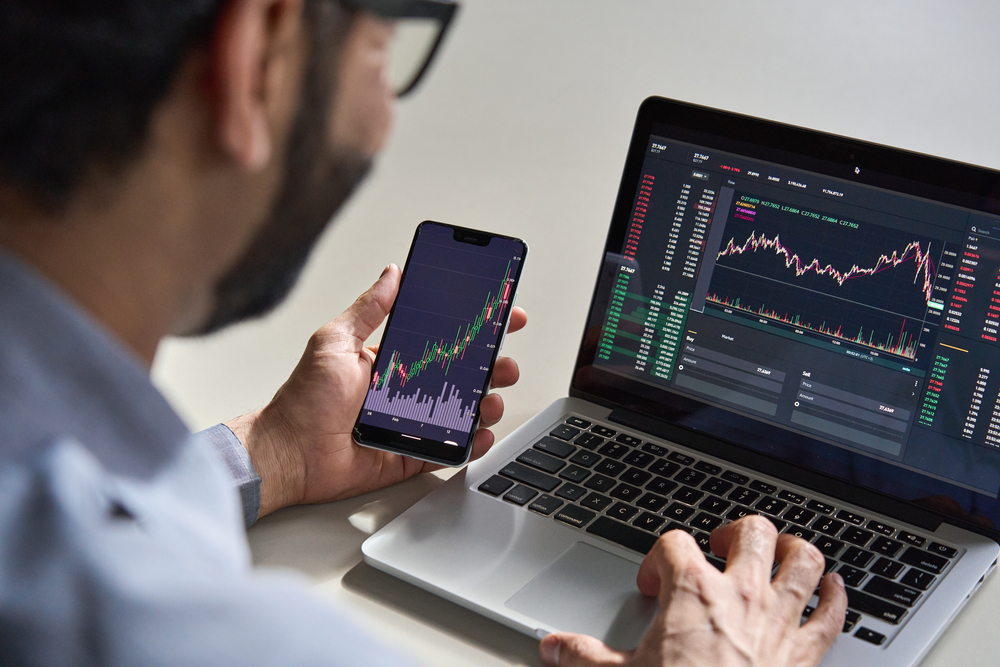Listed options are derivative contracts that give the holder the right, but not the obligation, to buy or sell an underlying security at a specified price on or before a specific date. You can trade listed options on exchanges like the London Stock Exchange Derivatives Markets.
The different types of listed options
Listed options come in two main varieties: call options and put options.
Call Options
A call option is a contract that gives the holder the right to buy an underlying security at a specified price on or before a specific date.
Put Options
A put option is a contract that gives the holder the right to sell an underlying security at a specified price on or before a specific date.

The risks involved in trading options
Options are risky because they are derivative contracts, meaning their value is derived from the underlying security. If the underlying security decreases, the choice will lose weight. Some of the risks include:
Volatility
Options are more sensitive to changes in the underlying security price, meaning they are more volatile. It can lead to significant losses if the market moves against you.
Time Decay
The longer an option contract is open, the less time it takes to expire. This decrease in time value is known as time decay. Time decay can eat into your profits or increase your losses.
The benefits of trading options
Despite the risks involved, there are some potential benefits to trading options. These include:
Leverage
Options can provide leverage, which means you can control a significant position with a small amount of capital. It can lead to higher profits if your trade is booming but also more significant losses if the business goes against you.
Flexibility
Options offer more flexibility than other types of securities. You can choose how long you want to hold the vote, what price you want to buy or sell, and if you wish to purchase or sell the underlying security.
The key things to look for when trading options
When trading options, you need to be aware of the following:
The strike price
The strike price is how much you need to buy or sell the underlying security.
The expiration date
The expiration date is when the option expires and can no longer be traded.
The premium is the price you pay for the options contract.
The underlying security
The underlying security is the security on which the option is based. It can be a stock, index, or commodity.
The type of option type option depends on whether the choice is a call or a put. When trading options, you must understand these factors before placing a trade. Otherwise, you could make a bad trade that loses you money.
How to trade options in the UK
Choose an online broker
The first step to trading options is to choose an online broker. Many brokers are available, so comparing them before deciding which one to use is essential. You may want to consider the fees, platform type, and customer service level. You can find a broker here.
Open an account
Once you’ve chosen a broker, you must open an account. It usually requires personal information, such as your name and address, and some financial information.
Fund your account
Once your account is open, you must fund it before trading. You can transfer money from your bank account or use a credit or debit card.
Choose your options
Now, you’re ready to start trading options. You’ll need to choose the type of option you want to change, the strike price, expiration date, and premium.
Place your trade
Once you’ve chosen your options, you can place your trade. It will involve putting in an order with your broker. You’ll need to specify the type of option, the strike price, the expiration date, and the premium.
Monitor your trade
After placing your trade, you’ll need to monitor it to see how it’s doing by watching the underlying security price and the option’s premium. You may need to close the trade to prevent further losses if the work is against you.




